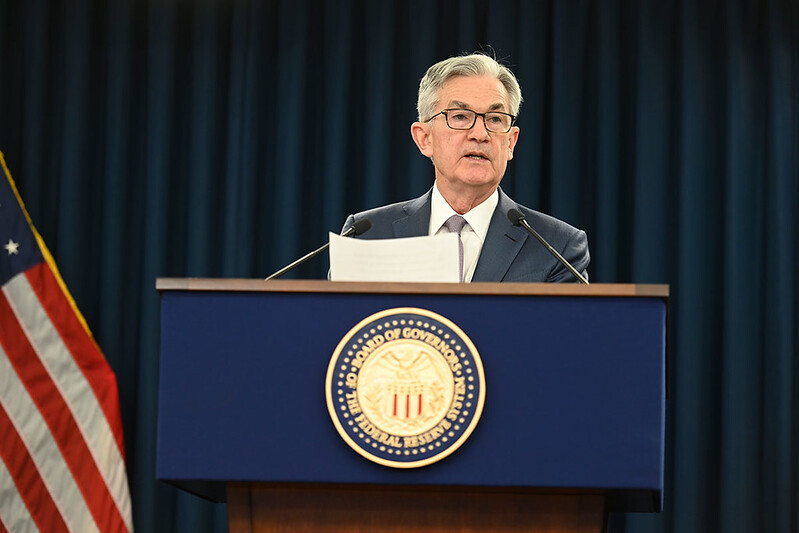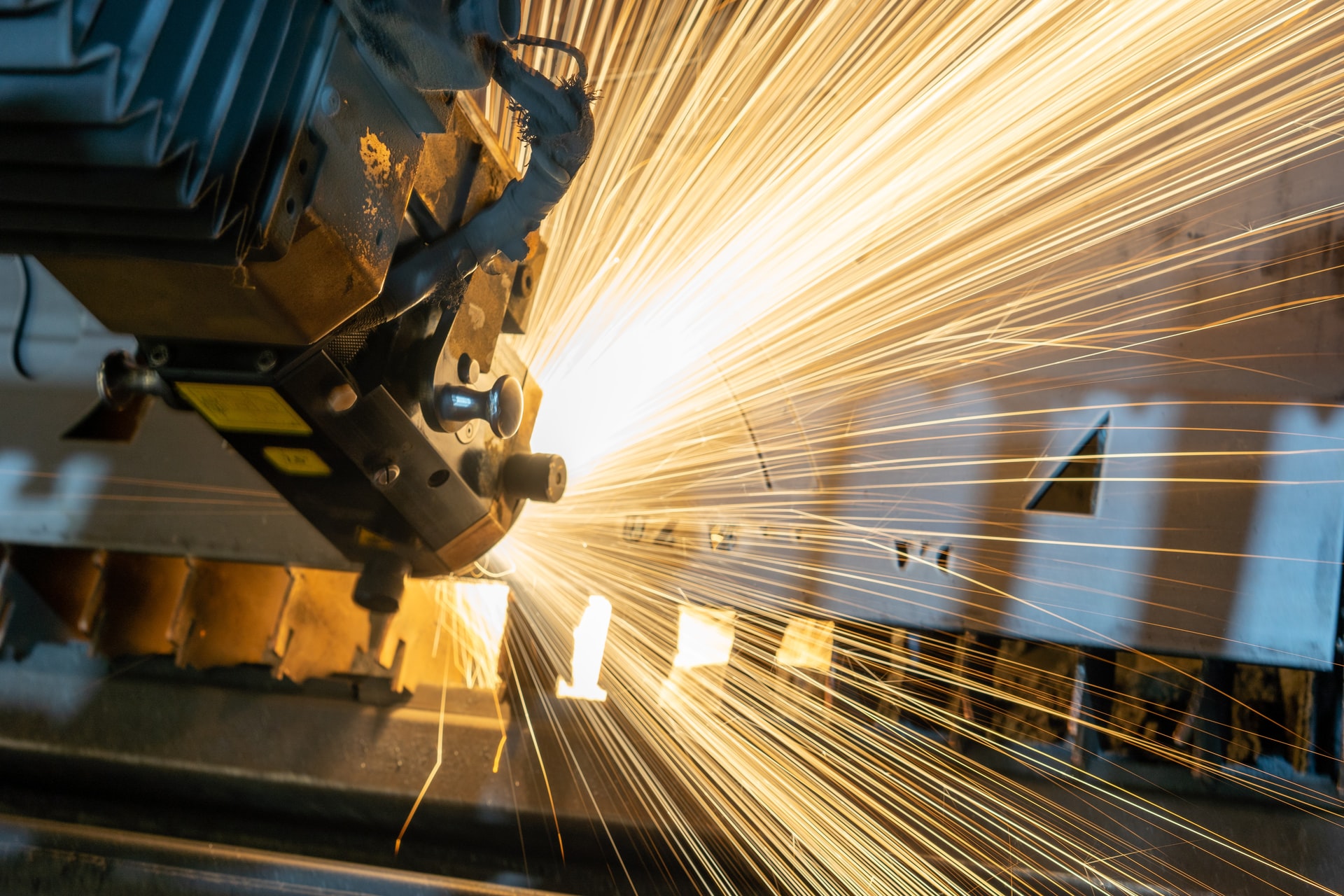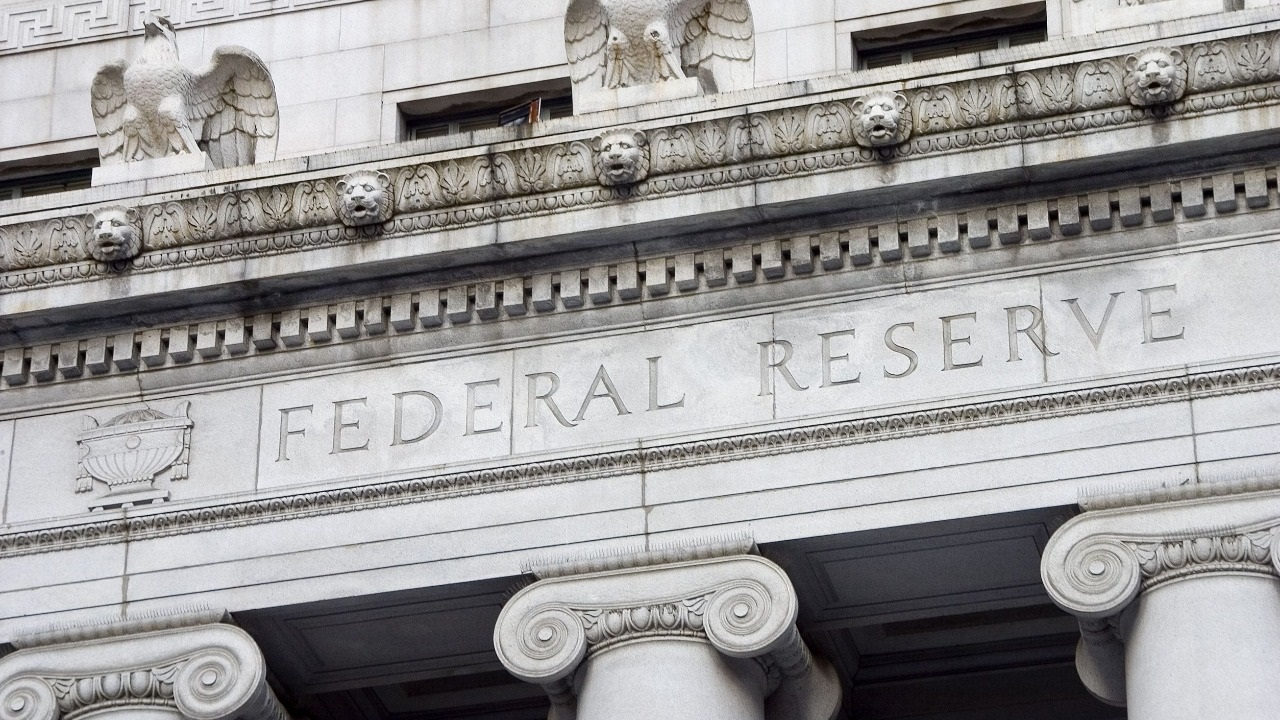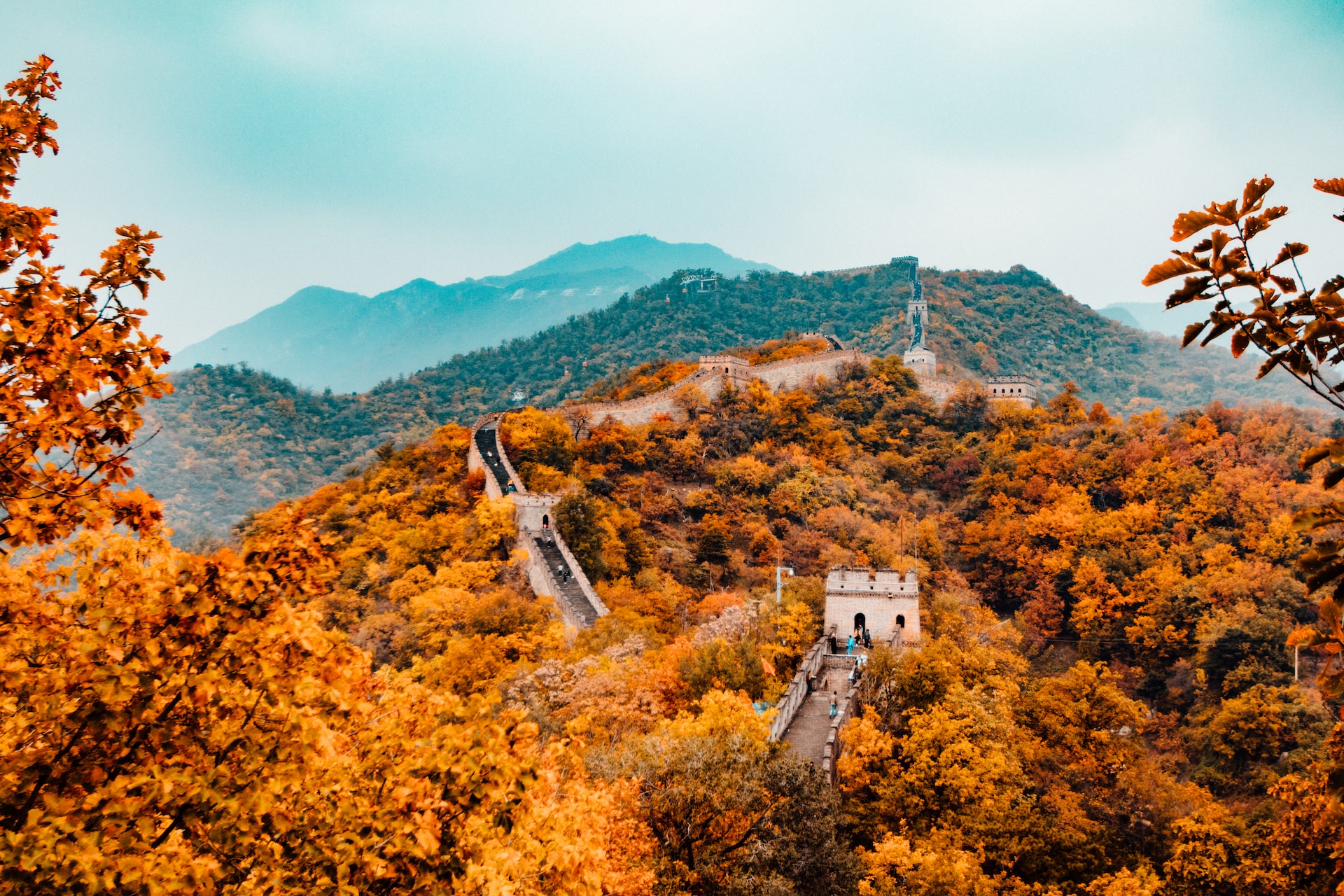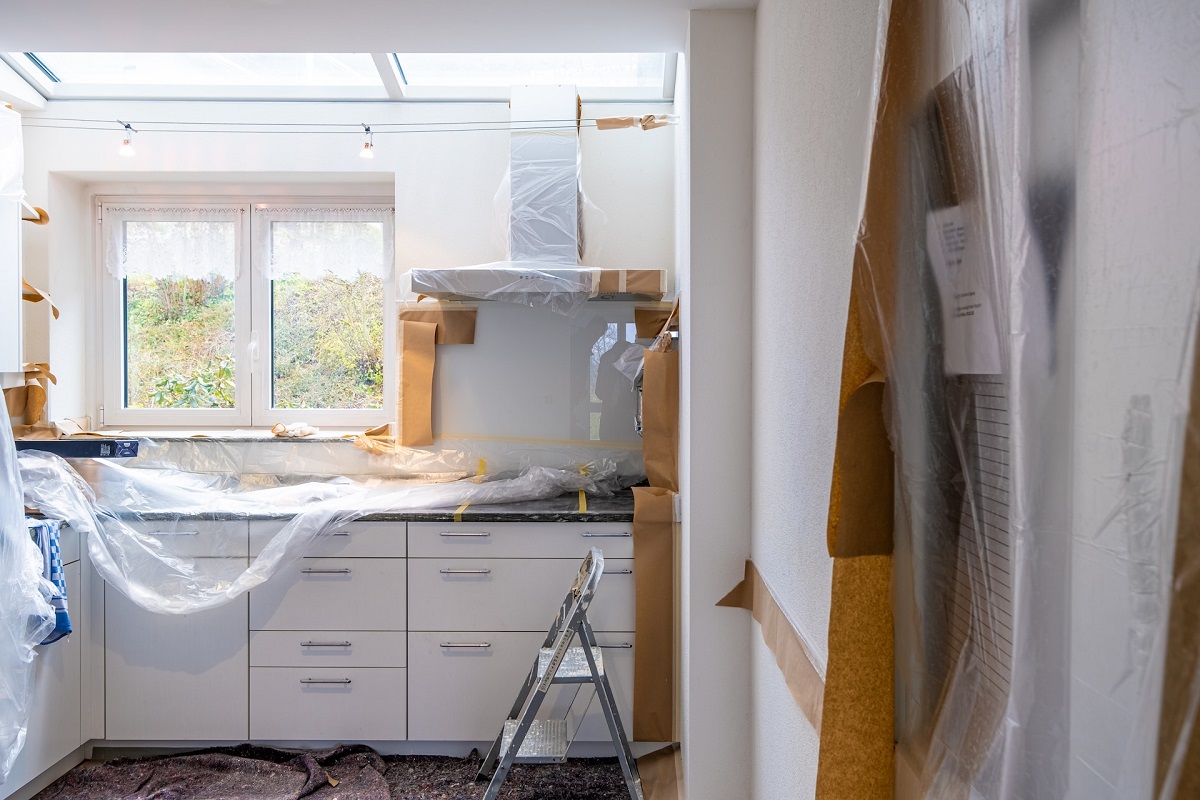
Making your green spaces more sustainable
___
Published Date 5/9/2024
The manicured lawn. Golf green. Americans have obsessed with traditional grass for decade upon decade and finally — finally? Lawns have fallen out of favor.
Realtor.com’s Geraldine Campbell says, “Not only is lawn maintenance costly, but it also comes with an environmental toll that an increasing number of homeowners aren’t comfortable with.” She adds that the biggest culprits are excessive water use (nearly 9 billion gallons a day are used for landscape irrigation, according to the EPA) and a significant carbon cost from gas-powered mowers and leaf-blowers are a turn-off for existing homeowners and prospective buyers.
An alternative to lawns? One is to create a rain garden. A recessed area planted with native plants, rain gardens are relatively low maintenance options that increase rain runoff retention, promote wildlife, and discourage mosquitos. It doesn’t get much better than that. “The trickiest part about creating a rain garden—is figuring out where to put it,” says Campbell. “Ideally, you want it to be at least 10 feet from the foundation of your house and 25 feet from your septic systems, and avoid areas that get too swampy.”
Another is to plan an edible garden — another eco-friendly option for your front or back yard. “On the plus side, they’re relatively affordable to install; on the other hand, they require quite a bit of work to keep them going—and a neglected garden can easily become an eyesore,” says Campbell. “Still, if you have a green thumb, enjoy spending time outside, and enjoy fresh fruits, veggies, and herbs, it’s a no-brainer.”
Can’t rid yourself of the love of green lawns? There is always turf, or faux grass. “Synthetic lawns have come a long way since Astroturf,” says Campbell. “These days, you can find options that look shockingly real (and always just-mowed). They aren’t necessarily better for the environment—but they can be a step in the right direction if you choose faux grass that’s made from sustainable materials (instead of plastic and rubber).” A caveat: this is a hefty investment.
If you’re not allergic to bees, consider clover. Once considered a landscape nuisance, clover is now a desirable substitute for traditional turf. “This hardy ground cover is resistant to drought, disease, and pests, requiring little maintenance,” says Campbell. “It also encourages pollinators (including bees), improves soil health, and stays green even when it’s hot out. If you’re not ready to go all-in, you can try using clover in certain areas of your lawn.”
And last but not least, you can shrink the lawn surface in favor of hardscape — patios, decks, outdoor kitchens, breezy living rooms and paved pathways. No mowing, watering, or fertilizing. Just sit back and enjoy that cigar on a warm summer night.
Realtor, TBWS
All information furnished has been forwarded to you and is provided by thetbwsgroup only for informational purposes. Forecasting shall be considered as events which may be expected but not guaranteed. Neither the forwarding party and/or company nor thetbwsgroup assume any responsibility to any person who relies on information or forecasting contained in this report and disclaims all liability in respect to decisions or actions, or lack thereof based on any or all of the contents of this report.
View the full disclaimer and licensing details at https://homemac.com/mortgage-banker-disclaimer.


David D'Angelo
HMAC Social Media Manager
NMLS: HMAC #1165808
Home Mortgage Alliance Corporation (HMAC)
4 Hutton Centre Dr, Santa Ana CA 92707
Company NMLS: 1165808
Office: 800-900-7040
Cell: 310-980-7157
Email: info@homemac.com
Web: https://homemac.com

David D'Angelo
___
HMAC Social Media Manager
NMLS: HMAC #1165808
Cell: 310-980-7157
Last articles
___

From empty rooms to extra income
10/31/2024
“FOR RENT”... reads a sign in the window of a house. But there is much more...... view more

The first look at third quarter GDP was weaker than expected
10/30/2024
Yesterday September JOLTS job openings fell 400K from August, the lowest opening... view more

Kitchen remodels: What your money really buys
10/29/2024
Want to renovate your kitchen? Be prepared for some eye-popping numbers. Accordi... view more

Consumer Confidence reports an unexpected boost
10/29/2024
The Conference Board's October Consumer Confidence report shocked to the upside,... view more

Someone’s here: Homeowners who live with poltergeists
10/28/2024
When northern California homeowner...... view more

Expect high volatility this week with both inflation and labor data
10/28/2024
In global news, Israel made its move on Iran this weekend attacking military ins... view more

Kissing your mortgage goodbye: The truth about early payoff
10/25/2024
Did you know that in Scotland, a house with a red door signifies the owner has p... view more

Consumer Sentiment comes in slightly higher than expected
10/25/2024
A quiet open this morning, the 10 year note at 4.20% -1 bp; UMBS price at 8:30 a... view more
Load more
 Home Mortgage Alliance Corporation (HMAC)
Home Mortgage Alliance Corporation (HMAC)


